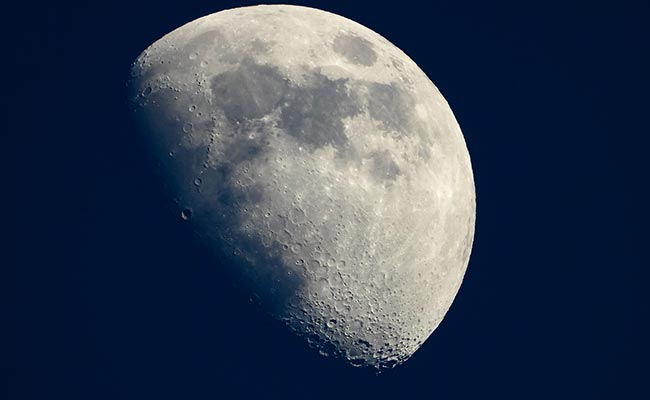Lunaria One, an Australian start-up, has made an important announcement about the possibility of growing plants on moon by 2025.
The start-up has collaborated with other institutions including Australian National University (ANU) to launch its project, Australian Lunar Experiment Promoting Horticulture (ALEPH). The project is aimed to carry out research on whether plant life can thrive on the lunar surface.
Under this project, dehydrated and dormant seeds and plants will be sent to moon in a specially-designed chamber on board the Beresheet 2 spacecraft. The spacecraft is being created by SpaceIL.
Under the mission, some specific varieties of the plants that can survive extreme climatic conditions will be chosen.

Plants Can Be Grown in Extreme Climatic Zones on Earth
A report published by eng.news.cn stated that once on moon's surface, these seeds and plants will be germinated and reactivated by watering.
After monitoring their respective growth and health for 72 hours, the data would be made available to the citizen scientists around the world.
Caitlin Byrt, an associate professor from ANU's Research School of Biology and science adviser for Lunaria One, said the mission was a "unique" opportunity to use knowledge of plant germination resilience to identify plants that could survive on the Moon, the report stated further.
The most important aspect of this mission is that the research and its outcome will help the scientists find answers to the new methods for sustainable food production. Climate change has created a fear towards the food security on earth. "Space is an exceptional testing ground for how to propagate plants in the most extreme of environments," Byrt said in a media release.
Also, growing plants for food, medicine and oxygen production is the first step to ascertain the possibility of human life on moon. The success of the project will enable the scientists to grow plants in the extreme climatic zones of the earth as well.
The social media followers have expressed excitement over the news adding that this could pave a way for a future colony on moon.









